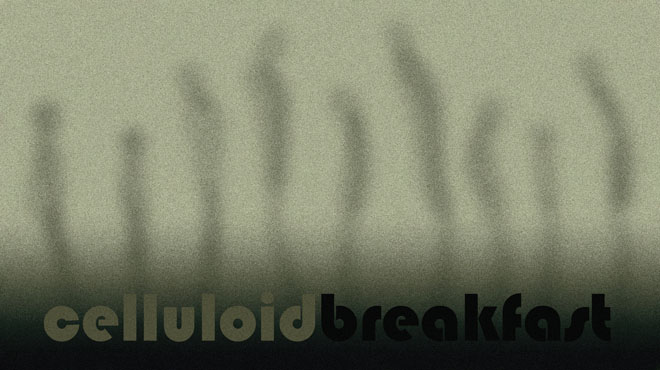Released just five months after the Titanic sank, In Night And Ice recreates that very story as faithfully as possible, despite the lack of solid facts. Eschewing the newsreel style, the film presents us with a hero of sorts – the radio operator, whose concerned telegrams form a running narrative, intersticed within scenes aboard the ship. A subtle sequence shows the travelling families conversing in their luxury cabins, the camera emulating the rocking of the water. The collision itself (a hilariously underwhelming event in the film) marginally shocks the passengers, but as the ship fills with water, the reality sets in. The details get a bit muddy towards the end, but the last few shots show the captain helping a man board a lifeboat, refusing to join under the proviso that “this is my ship; I will go down with her”.
Whereas these days producers and film execs bide their time before snapping up the rights to large-scale disasters, supposedly for fear of appearing insensitive, director Mime Misu clearly had more of a business mind about him, although he was beaten to the punch by French filmmaker Étienne Arnaud, who released a short dramatisation (starring an actual survivor, no less) just a month after the disaster. Some might say it is distasteful to be so quick off the mark, but I actually found it less so than James Cameron’s slushy epic made 85 years later. Overall, not an outstanding film, but certainly deserves to be seen for the historical value alone.









